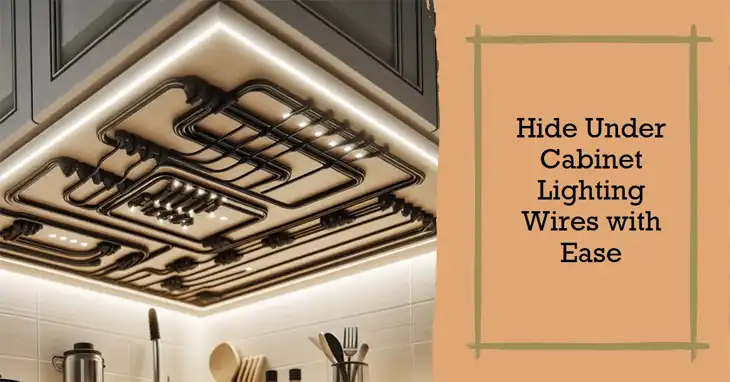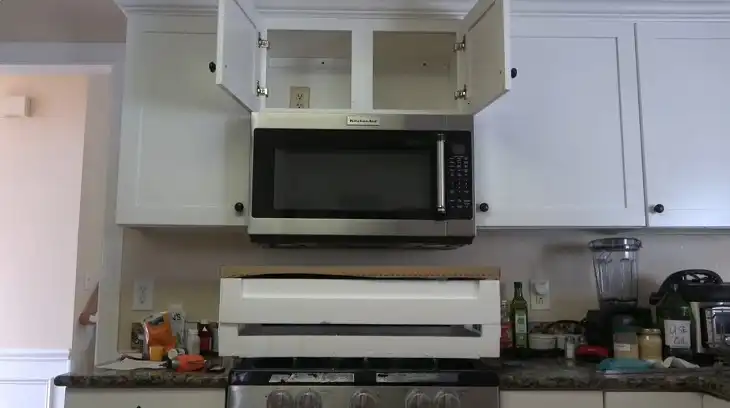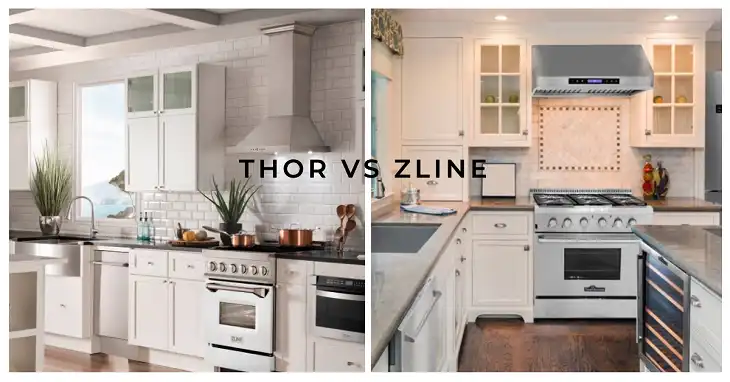How to Hide Under Cabinet Lighting Wires?

Have you ever installed beautiful new under-cabinet lighting only to be disappointed by the unsightly mess of wires that came along with it? Those visible cables and cords can really detract from the look of your elegant new lighting and leave your kitchen looking cluttered. But don’t despair – with some strategic planning and DIY skills, you can have stunning under-cabinet lighting without sacrificing aesthetics for functionality.
A wide variety of options exist for concealing the wiring for these fixtures and creating a polished, integrated look. This article will walk you through everything you need to know, from lighting types and wiring considerations to the best hiding techniques for your unique space and skill level.
Understanding Under Cabinet Lighting
To start, it’s important to understand the components that factor into an under-cabinet lighting project. Let’s take a closer look at the most common lighting types, wiring considerations, and cabinet structures.
Types of Under-Cabinet Lighting
LED strip lighting has become the most popular under-cabinet lighting option. LED strips are thin, flexible, and affordable, making them easy to install in tight spaces. For more focused task lighting, puck lights provide concentrated beams perfect for illuminating a workspace or cooktop. Elegant bar lights add sleek, modern style under cabinets. For a true statement piece, under-cabinet mini chandeliers provide a touch of elegance.
Wire Types and Lengths
Select wiring that is well-suited for an under-cabinet application. Look at the gauge (thickness) and amperage capacity to ensure adequate power delivery for the lighting type and distance involved. Thinner gauge wires are more flexible but cannot handle as much load over longer cable runs. Using short extension cords can provide added flexibility for positioning and hiding wires.
Cabinet Structures and Access Points
Assess your cabinet structure, as framed cabinets typically offer more options for hiding wires within cavities compared to frameless designs. Also look for existing holes, gaps, or access points that wiring can pass through. Strategically placed new openings may also be an option, but take care not to compromise structural integrity.
How to Hide Under Cabinet Lighting in Different Ways
With an understanding of the fundamentals, we can now explore options for concealment. Consider factors like desired concealment level, DIY experience, cabinet construction, budget, and aesthetics when selecting the best wire-hiding approach.
Inside the Cabinet
Hiding wires within cabinet interiors keeps them entirely out of sight but requires accessing the cabinet cavities.
- Along the cabinet front and around the sides: Use zip ties, adhesive clips, or low-profile wire channels to affix wires to interior cabinet sides or undersides. Opt for clips or channels in colors that match your cabinets for camouflage.
- Under cabinet floors: Fabric or vinyl wire covers are perfect for concealing wires under cabinet floors or shelves while allowing access for changes. Check that wires will not overheat in enclosed spaces.
- Behind cabinet backs: This approach requires additional planning and potential drilling but can work well for wall-backed framed cabinets with interior access.
Under Decorative Elements
Take advantage of decorative elements like molding and valances to disguise wires:
- Molding/trim: Router undersides of molding profiles to create channels for hiding wires. Not only does it conceal wires, it adds style!
- Valance boxes: Purpose-built valances house wires while covering up any unsightly gaps or imperfections. Make your own or purchase ready-made valance boxes.
Through Walls and Cabinets
For a fully integrated look, you can route wires through walls and cabinets.
- Drilling and channeling: Carefully drill holes through walls, cabinets and shelves to thread wires through discreetly. Follow all electrical codes.
- Existing channels: Make use of channels built into cabinets or openings in walls. But take care not to overload those pathways.
Wireless Options
Wireless under-cabinet lights powered by batteries or remotes further reduce wire clutter but may have limited range or higher costs.
Under Cabinet Lighting Installation Tips
Proper installation practices will help you safely install and conceal under-cabinet lighting wiring:
- Power planning: Consider outlets, transformers, or dimmers needed to power system. Smart switches add scheduling, control options.
- Wire management: Use zip ties, sleeving and wire looms to neatly organize and protect wires and prevent hazards. Label wires clearly.
- Safety: Turn off power at breaker before starting. Use proper tools and PPE. Follow all electrical codes and safety procedures.
Sum Up
Under-cabinet lighting offers invaluable benefits for kitchens, but the wiring can potentially detract from their appearance. With strategic planning and execution, you can successfully integrate concealed wiring into your unique space. Focus on selecting the optimal wire-hiding approach based on your cabinet design, skill level, and desired final look. Follow safety best practices at all times when working with electrical systems. Take your time, do your homework, and you’ll be rewarded with stunning under-cabinet lighting that appears to glow wire-free! Your kitchen will shine like never before.
FAQs
How can I hide the power source and transformer for under-cabinet lights?
Place transformers and drivers inside cabinets or mount them underneath upper cabinets. Route wiring from the transformer to lights inside wire channels or sleeves. For receptacle power, install outlets inside cabinet frames or under upper cabinets. Use small, low-profile transformers that can be easily concealed.
What are some warning signs my under-cabinet lighting wires are getting overloaded?
Flickering lights, discolored wires, or melted wire insulation indicate too much current for the wire size. Light fixtures feeling abnormally warm or hot can also signal overload issues. Trippped breakers, blown fuses, or temperature sensors being triggered on transformers or drivers. Voltage drop causes lights dimming at far ends of wire runs and can indicate undersized wiring.
Can I retrofit my existing under-cabinet lights to hide the wires?
Adhesive wire channels can be added to conceal existing wires against cabinet surfaces. You may be able to reroute wires through new openings drilled in cabinets and walls. Wall-mounted power strips inside upper cabinets can replace surface-mounted plugs. For clip-mounted lights, get creative with trim pieces or valances to cover wires.






